For Education Leaders
Get proven strategies and expert analysis from the host of the Learning Can't Wait podcast, delivered straight to your inbox.
Virtual Staffing
Fill Teacher Vacancies in Days
- State-certified experts averaging 15+ years experience
- Fully aligned to your curriculum & standards
- Scalable, cost-effective hybrid solutions
Proximity Learning Review: Services, Costs, Terms and Reviews

Online teaching and instructing is becoming more and more popular in the US, including in elementary, middle, and high school. Initially, this trend developed in response to the ever-growing problem of teacher vacancies and was further accelerated by the pandemic. Proximity Learning is one of the most popular online platforms that provide e-learning services for schools K-12. But is Proximity worth all the hype?
Exploring virtual staffing options for your school or district? Schedule a free consultation with Fullmind today to learn how our live, fully integrated instructional services deliver stronger student outcomes—backed by certified educators who work as true members of your school community.
This Proximity Learning review provides a company overview, services, staff qualifications, pricing, terms of use, software requirements, customer reviews, and geographical availability to help schools and school districts decide if it is the right fit for their staffing needs and student necessities.
Proximity Learning Overview
Proximity Learning Inc. (PLI) is an e-learning provider that aims to break down barriers in order to connect all learners with the qualified teachers that they deserve. The company’s work is based on the notion of educational equity for students everywhere.
Evan Erdberg founded Proximity Learning in 2008, with headquarters in Austin, TX. The online platform was developed to address the growing obstacle of teacher demand exceeding teacher supply across the country that started in the early 2000s and worsened during the pandemic. Currently, PLI services focus on virtual K-12 education, tutoring, and summer school and are available in districts nationwide.
Over the years, Proximity has connected more than 125,000 students with certified teachers, and their next goal is to reach 1 million students. At the moment, the company partners with over 400 schools across the country and has staffed more than 3,000 classrooms with teachers.
Proximity Learning Services
Proximity offers virtual education services that mostly aim to make teacher vacancies a thing of the past by connecting schools and school districts with open teacher positions with qualified instructors. Services cover K-12 grades and are generally targeted at schools and school districts across the US.
Proximity services include:
- Virtual K-12 instruction for classes
- Tutoring for students
- Summer school for students
- Virtual school for districts
The Proximity Learning education model is based on the principles of:
- Interactive instruction
- Customizable curriculum
- Dependable support systems
- Qualified teachers
Following is a detailed breakdown of the services provided by Proximity:
Virtual K-12 Instruction
Proximity virtual instruction follows the classic classroom model to provide synchronous education to all students, regardless of the method of teaching. Through this service, the platform helps schools and districts solve vacancy problems, expand the variety of available subjects, and improve the quality of education by filling open positions with qualified educators from all over the country.
Virtual education is designed to be interactive, dynamic, and effective combining the power of skilled, well-trained teachers with technology.
Generally speaking, Proximity uses their own content which is somewhat tailored to the district’s scope and sequence and aligned with IEPs and 504s. Customers find this problematic as it creates a gap between virtually and in-person instructed students and results in misalignment with district standards.
Available courses include the following categories and subjects for grades K-12:
- Core subjects: ELA, Math, Science, and Social Studies
- Languages: Spanish, French, Ferman, Chinese, Japanese, Latin, and ESL
- Electives: Family & Consumer Science, Theater, Psychology, Speech, Health & PE Combo, Physical Education, Health, Drawing & Painting, Art, Music, and ACT Prep
- AP courses: Language & Composition, Calculus, Statistics, Physics, Biology, US Government & Politics, Macroeconomics, Psychology, Spanish, French, Chinese, and Latin
Online classes are delivered according to the schedule of each school. Proximity can work with A/B, block, every-other-day, and other kinds of schedules and follows the bell schedule of the school.
Tutoring
The second set of services that Proximity Learning offers to schools and school districts is focused on tutoring. Proximity tutoring is available for core subjects and all grades and is delivered via live streamed video. Both on-demand and regular tutoring can be arranged.
Live virtual tutoring is customizable in terms of content and timing and can be done during school, after school, and on weekends. The frequency of the sessions is dictated by the needs of the students and can be adapted up or down.
Pre-assessments and post-assessments are implemented to measure progress and adjust instructions. This helps students enhance their curriculum understanding and academic performance.
Summer School
Thirdly, Proximity Learning offers a live virtual summer school that fits the needs of all types of learners. Certified teachers deliver live online instruction via synchronous summer programs. Summer school sessions are interactive to keep students engaged while delivering personalized academic support.
Proximity summer school helps improve both student achievement and district performance.
Virtual School
Finally, Proximity can help educators set up an entirely virtual school from scratch. Related services cover leadership, infrastructure, content, instructional design, professional development for teachers, and family support.
With this model, homeschooled students and private school students can be kept engaged, while their education is synced with the education of peers who attend brick-and-mortar schools.
Proximity Learning virtual schools get a dedicated team of directors and specialists to boost results.
Proximity Learning Staff
Proximity Learning teachers come from across the nation and are state-certified for the state which they teach.
The company supports staff excellence via:
- Observations and feedback: Proximity Learning administrators observe teachers’ conduct in the virtual classrooms every week to provide feedback and additional resources.
- Evaluations: Teachers undergo regular evaluations including both casual walkthroughs and formal evaluations based on the National Virtual Teacher Association (NVTA) to ensure compliance with standards.
- Professional development: Teachers receive intense initial training in addition to biweekly professional development (PD) sessions and quarterly team PD opportunities.
- Certifications: All Proximity Learning instructors are state-certified, and an increasing number of them are equipped with the National Virtual Teacher Certification.
- Connected community: Teachers meet virtually with colleagues to share problems and find solutions, belong to a professional learning community that discusses best practices, and interact with students outside the classroom via email.
- Recognition: Exceptional educators get recognized and nominated to create and lead PD sessions for colleagues.
While teachers that work for Proximity Learning seem to be well-connected with their virtually working colleagues, they don’t seem to be integrated in the school community where they teach. There is no mention of participation in staff meetings and parent-teacher conferences.
Proximity Learning Costs
Proximity Learning does not provide any information about the pricing of the services offered by the company. Fees usually depend on the type and amount of required services, the specific bundles, the location, and the number and size of classes.
Interested schools and school districts need to get in touch with Proximity to discuss their specific online education needs and requirements and get a quote.
Proximity Learning Terms
Proximity Learning review shows that the company works with schools and school districts and doesn’t offer e-learning services to students and their families directly. There are no specific requirements for qualifying. Schools and districts need to submit an online form to be contacted by the Proximity Learning team and discuss their needs and suitable solutions.
Proximity doesn’t specify the duration of contracts and whether they can be canceled in case customers are not happy with the quality of services or when their staffing situation changes. Interested parties are advised to ask for a copy of the written agreement and review all terms before making a final decision if this is the right choice for their school and students.
Proximity Learning Software
Students need to be equipped with a laptop with a camera and a headset in order to get access to online education through Proximity Learning. The company doesn’t specify the technical requirements of the necessary hardware.
In terms of software, video conferencing software is needed. Moreover, Proximity uses Kahoot, Nearpod, and other online education platforms to deliver services.
Proximity Learning Reviews
There are almost no Proximity Learning reviews by school administrators, students, and parents on third-party review websites. There are only a few reviews on Facebook that are either extremely positive or extremely negative.
Positive reviews of Proximity state that the company treats everyone like family, while negative reviews mention misinformation, unethical practices, and delays.
Proximity Learning Pros and Cons
Hiring Proximity Learning for the academic needs of your school comes with certain benefits and drawbacks. Interested schools and school districts need to diligently consider the pros and cons before making the best decision.
Proximity Learning Pros
The most important advantages of working with Proximity Learning include:
- Coverage of all core subjects and additional courses
- Customizable services
- Certified teachers
- Nationwide availability
Proximity Learning Cons
The most serious disadvantages of hiring Proximity Learning cover:
- Insufficient focus on students with disabilities and homebound students
- Proprietary content that is not built on district curriculum
- Poor teacher integration in the school community
- No pricing information
Proximity Learning Availability
The e-learning services provided by Proximity Learning are available in all 50 US states including the District of Columbia. All school districts across the country are eligible.
The states where the platform is most widely used include:
- Texas
- Illinois
- South Carolina
- Georgia
- Kansas
The top districts for Proximity Learning are:
- Muscogee County, GA
- Chicago Public Schools (CPS), IL
- Shelby County, TN
- Charles County, MD
Proximity Learning Alternatives
While Proximity is able to meet certain needs of US schools and school districts, the absence of complete content customization and the lack of customer reviews to confirm quality makes this a suboptimal option for institutions with teacher vacancies.
Following are the best Proximity Learning competitors and their strengths and weaknesses:
Proximity Learning vs Fullmind
Fullmind is a leading e-learning platform and a top alternative to Proximity. The company offers all-in-one solutions that include core instruction, supplemental instruction, and virtual staffing. Services are available throughout the US and for grades K-12. Unlike Proximity Learning, Fullmind teachers follow the curriculum of the individual schools they work with.
Fullmind instructors are state-certified, highly qualified, and carefully vetted. They can fill part-time and full-time vacancies. Teachers are deeply integrated within the school body via regular meetings with other staff, real-time communication with students, and parent-teacher conferences.
Fullmind offers specialized virtual education services to address the needs of students with different disabilities as well as homebound students and students in suspension. Instructions and tutoring are available for individual students, small groups, and entire classes.
Pricing is based on the purchased services, while rates are competitive and affordable.
Proximity Learning vs Imagine Learning
Imagine Learning is another competitor of Proximity that focuses on instructional services, tutoring and intervention services, and specialized services including speech teletherapy and others. Unlike Proximity and Fullmind, they work with both schools/districts and parents/students.
Teachers are state-certified and additionally trained, but they do not necessarily become an integral part of the school community.
The available coursework focuses on core subjects and world languages as well as exam preparation. There is less attention to electives. Virtual instruction and tutoring is available in all 50 states.
Imagine Learning fees are unclear and depend on multiple factors.
Proximity Learning vs Tutored by Teachers
Tutored by Teachers (TbT) is a Proximity Learning alternative offering an in-person, online education platform. Available services include vacancy support, virtual intervention, tutoring, summer academy, SAT test preparation, and ELL support. Similar to Proximity, TbT targets schools and school districts without offering services to individual students and parents/guardians. The main disadvantage of this company is that it provides only ELA and math subject coverage.
Tutored by Teachers educators are US credentialed.
TbT does not provide information about the fee structure.
Bottom Line
Proximity Learning is a virtual education platform that connects schools with qualified teachers to fill vacancies, offer additional courses, and improve student performance. However, a detailed Proximity Learning review shows that the company doesn’t put enough effort into ensuring that their teachers are truly integrated in the school community which is likely to lead to suboptimal results for students.
For Education Leaders
Get proven strategies and expert analysis from the host of the Learning Can't Wait podcast, delivered straight to your inbox.
Let’s Work Together
We’ll review your application and get in touch!




.webp)

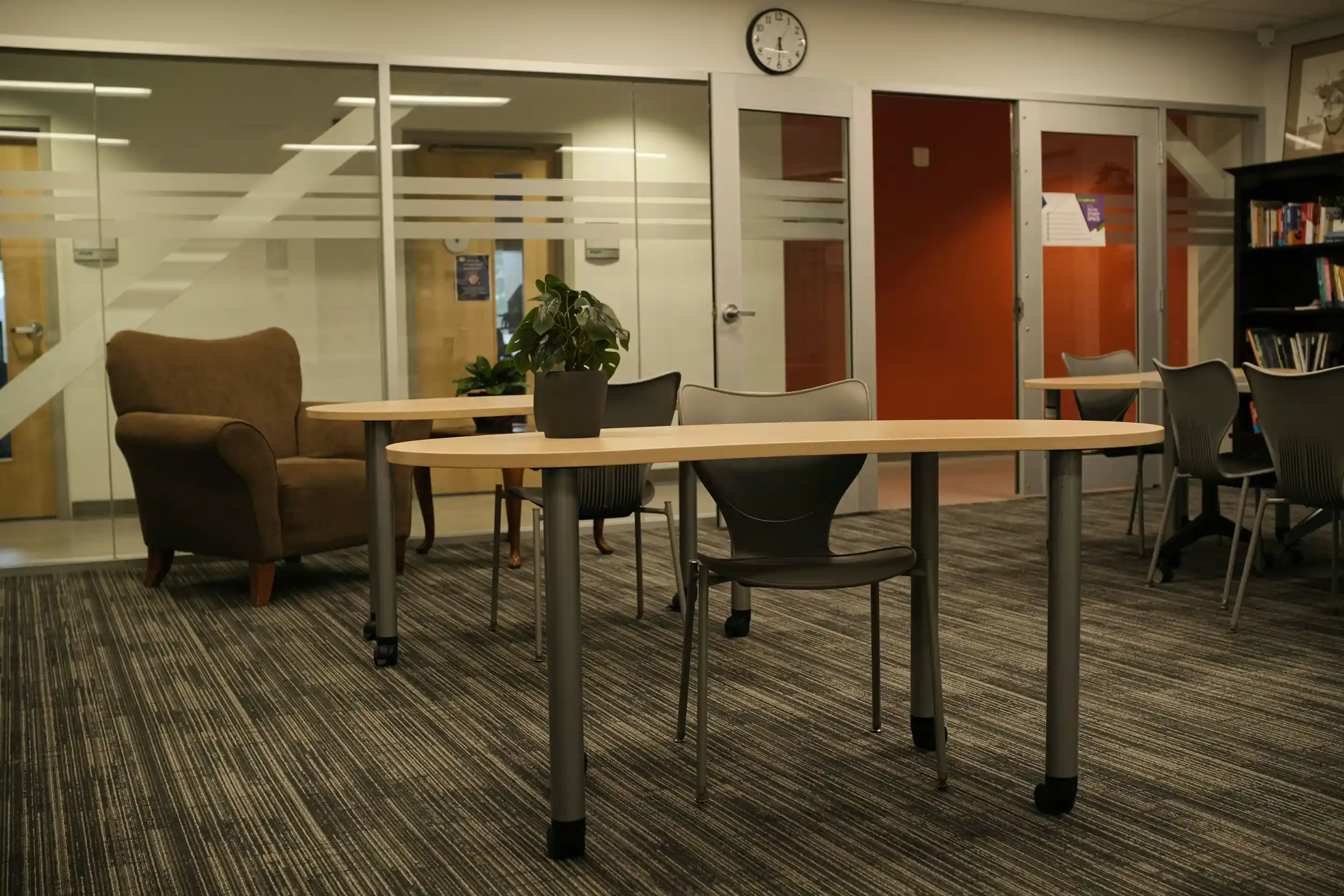
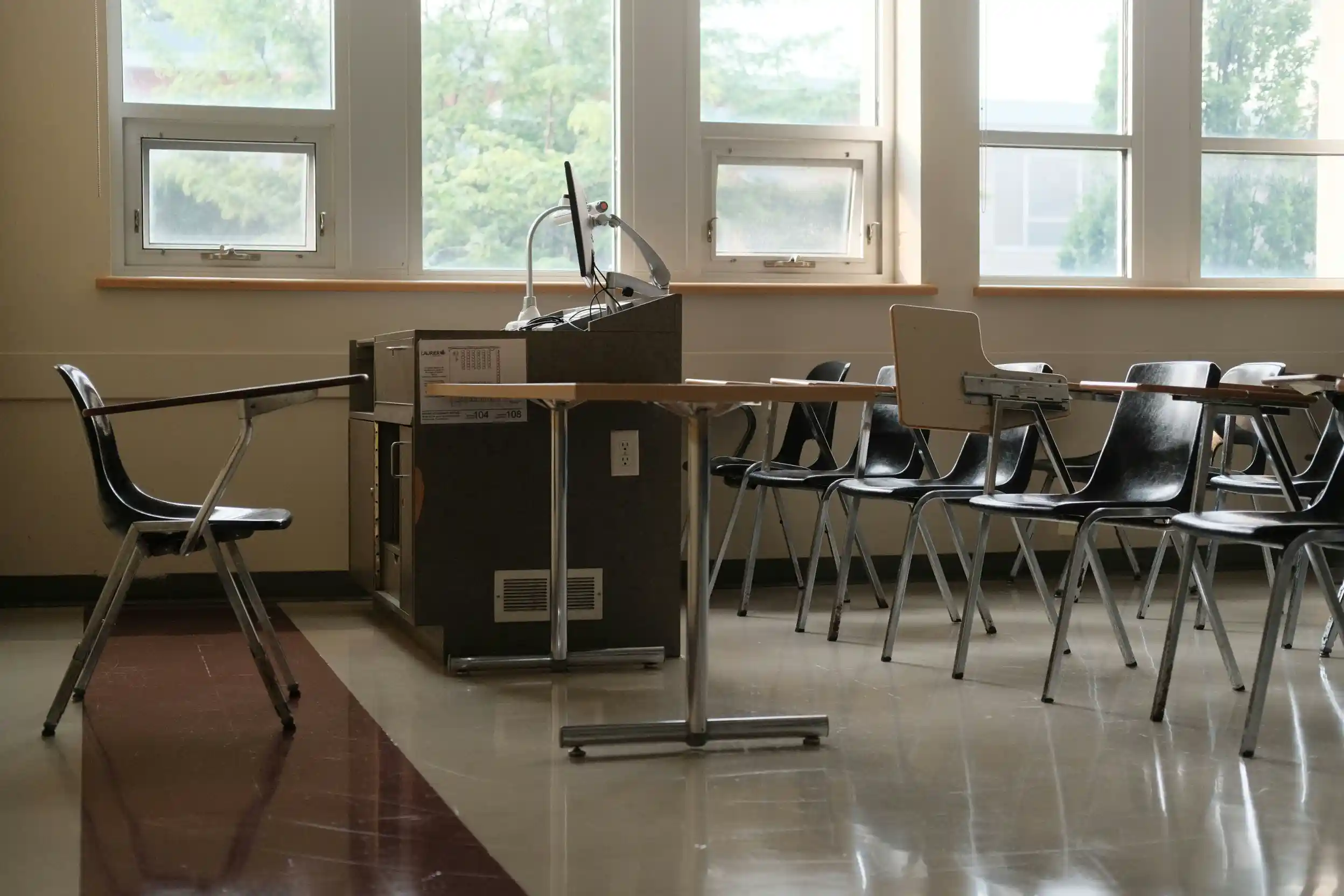








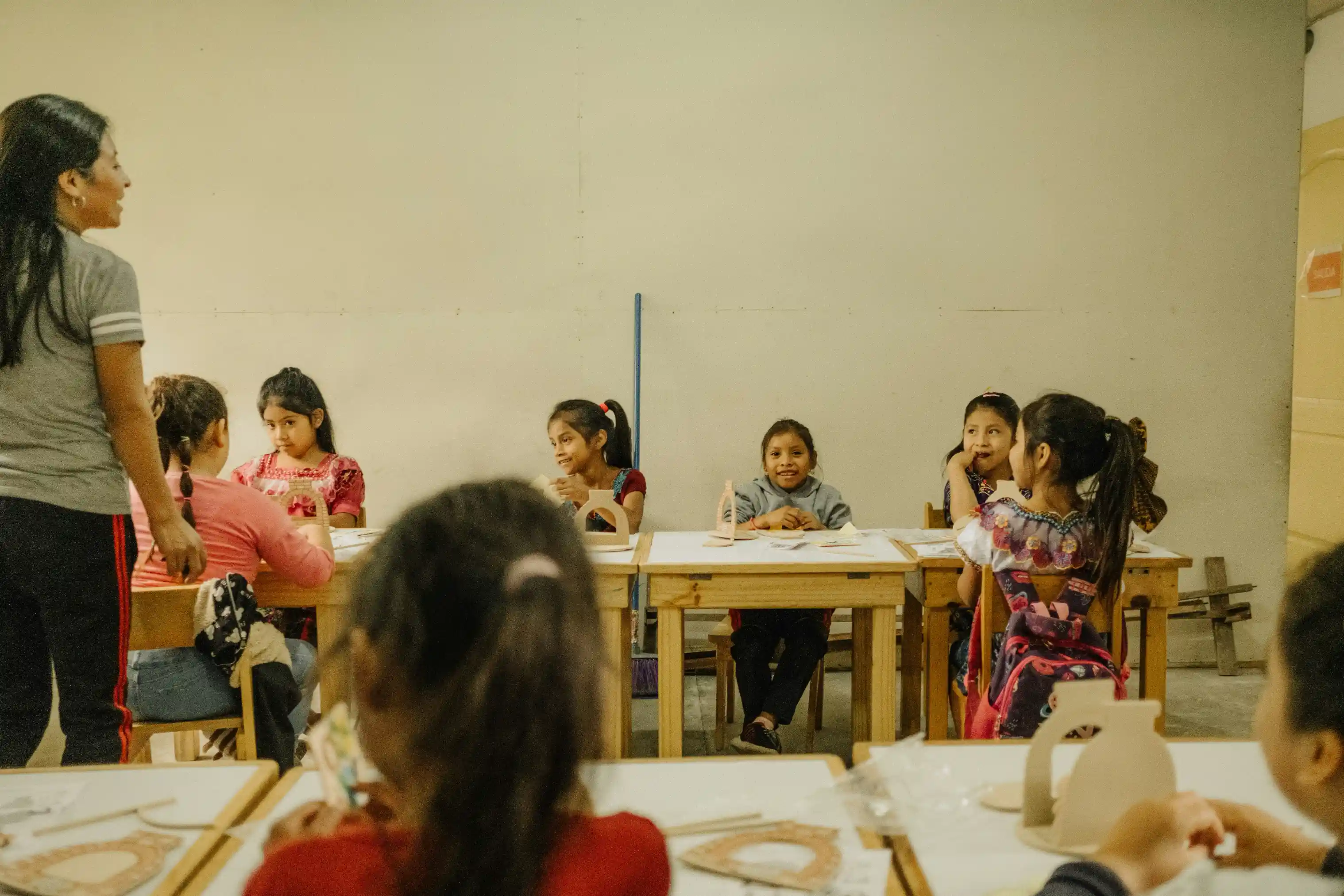

.webp)















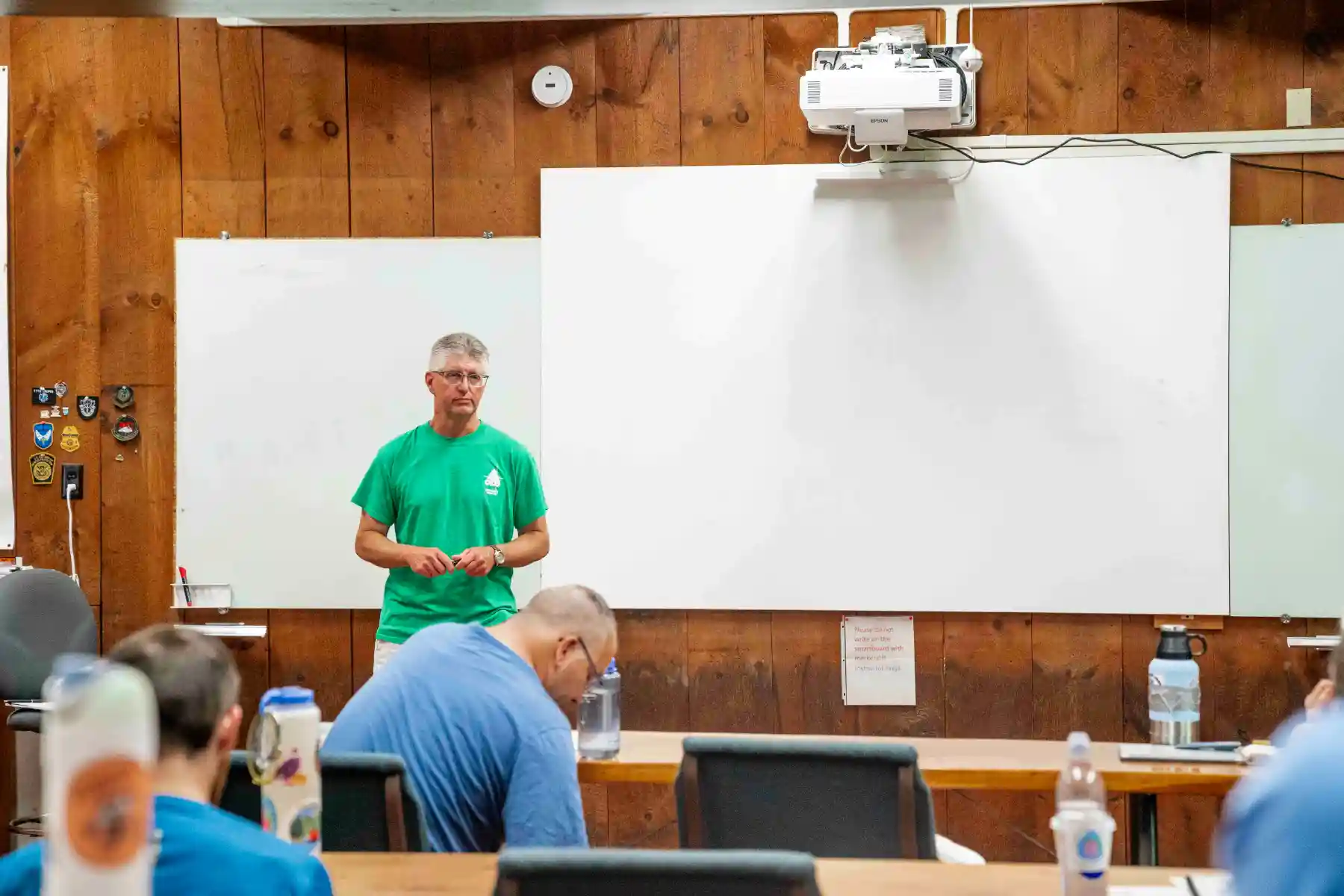




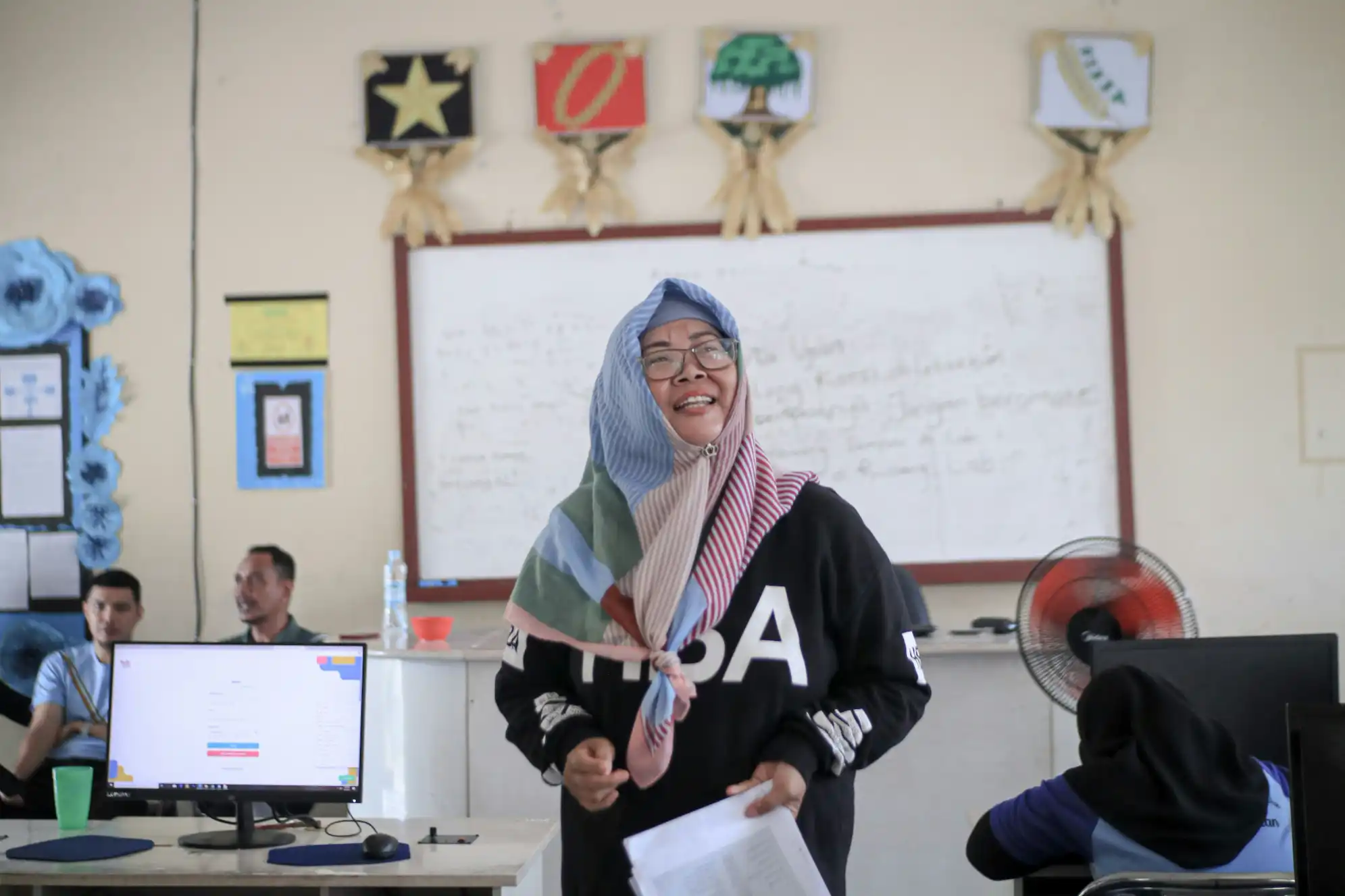






.webp)



%20.webp)



















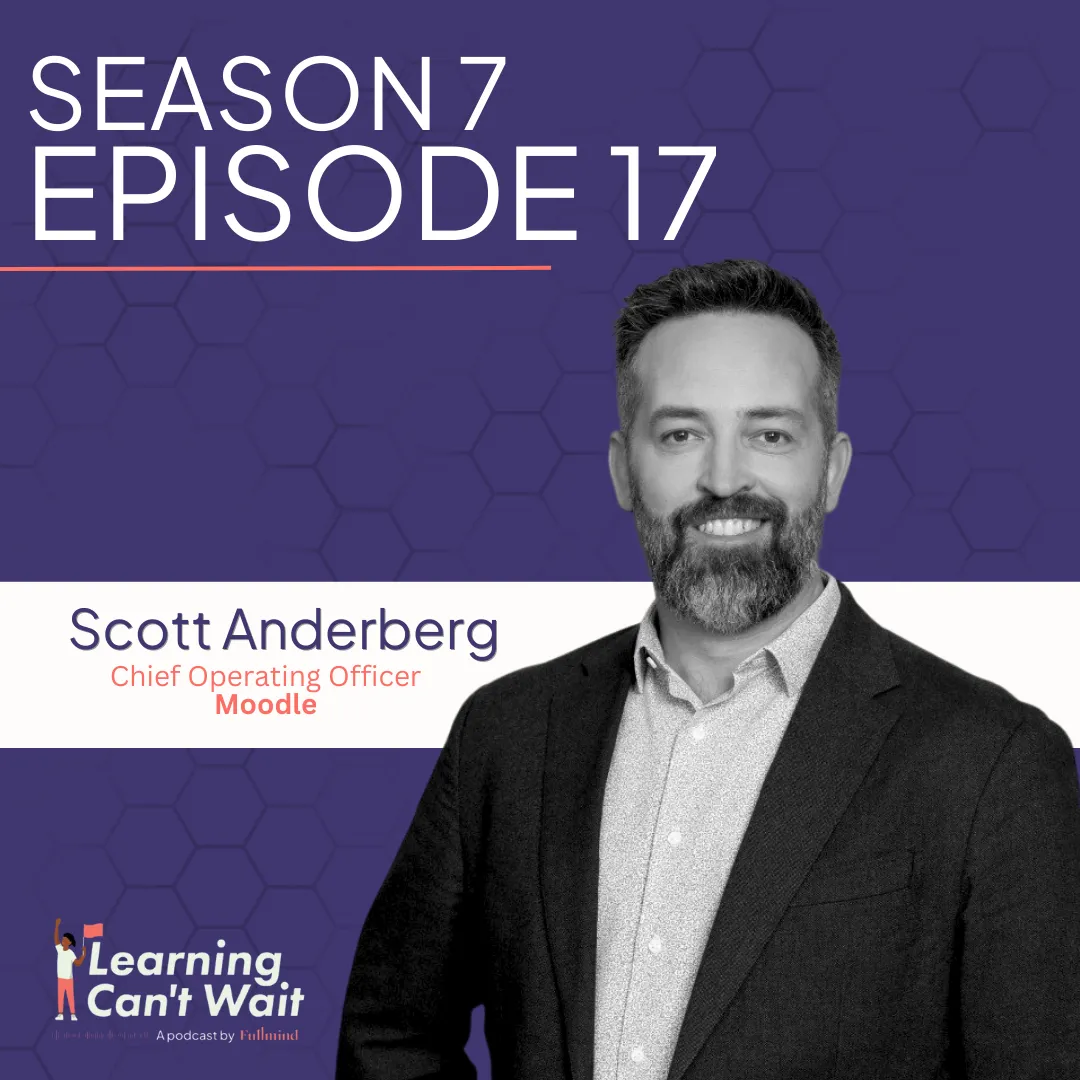

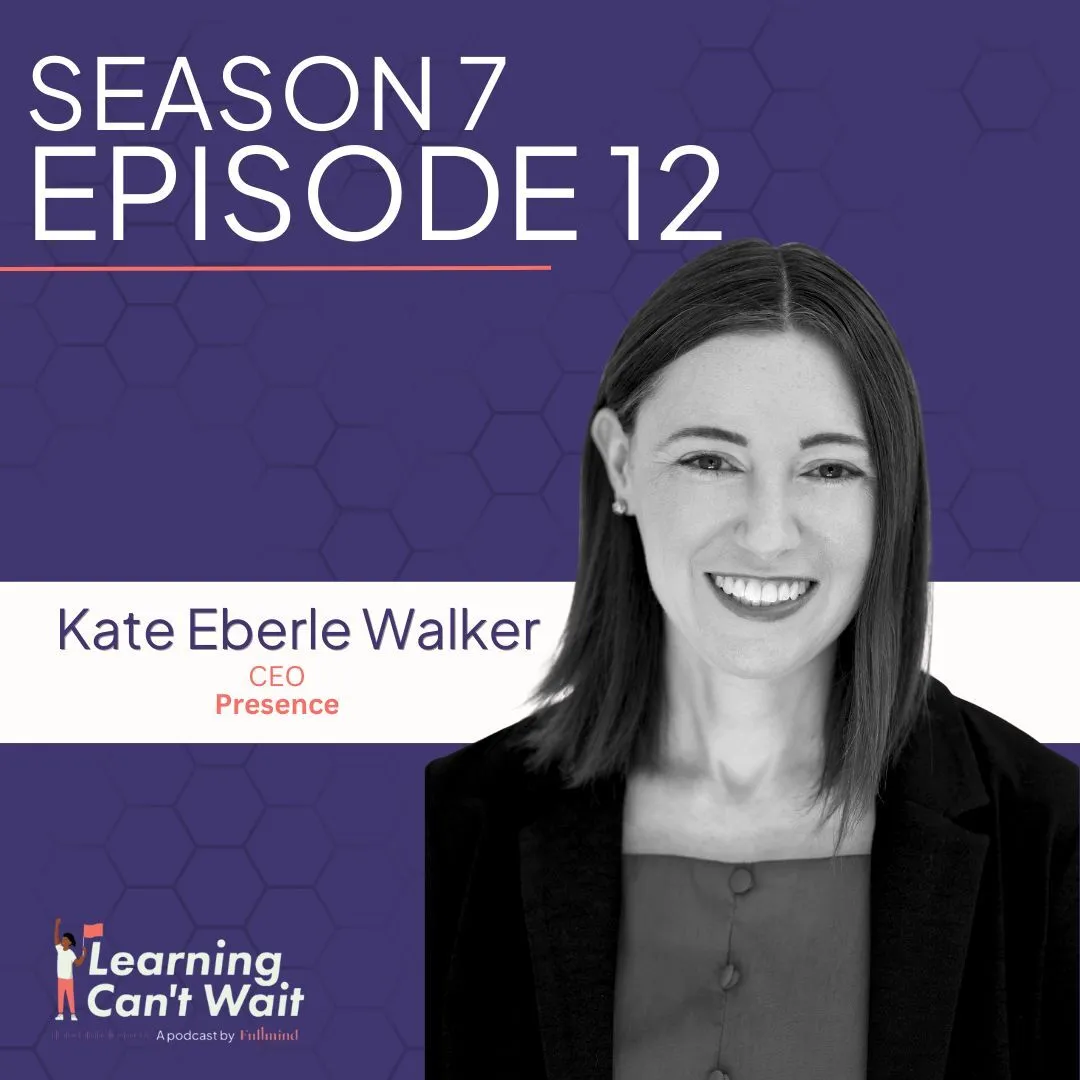













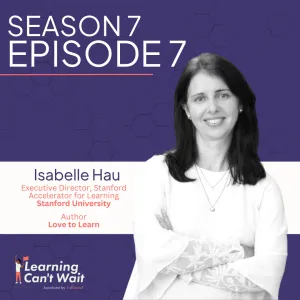

.webp)
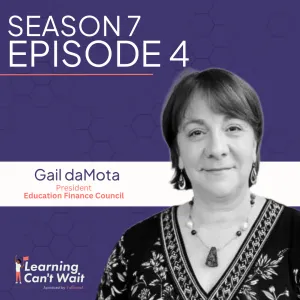


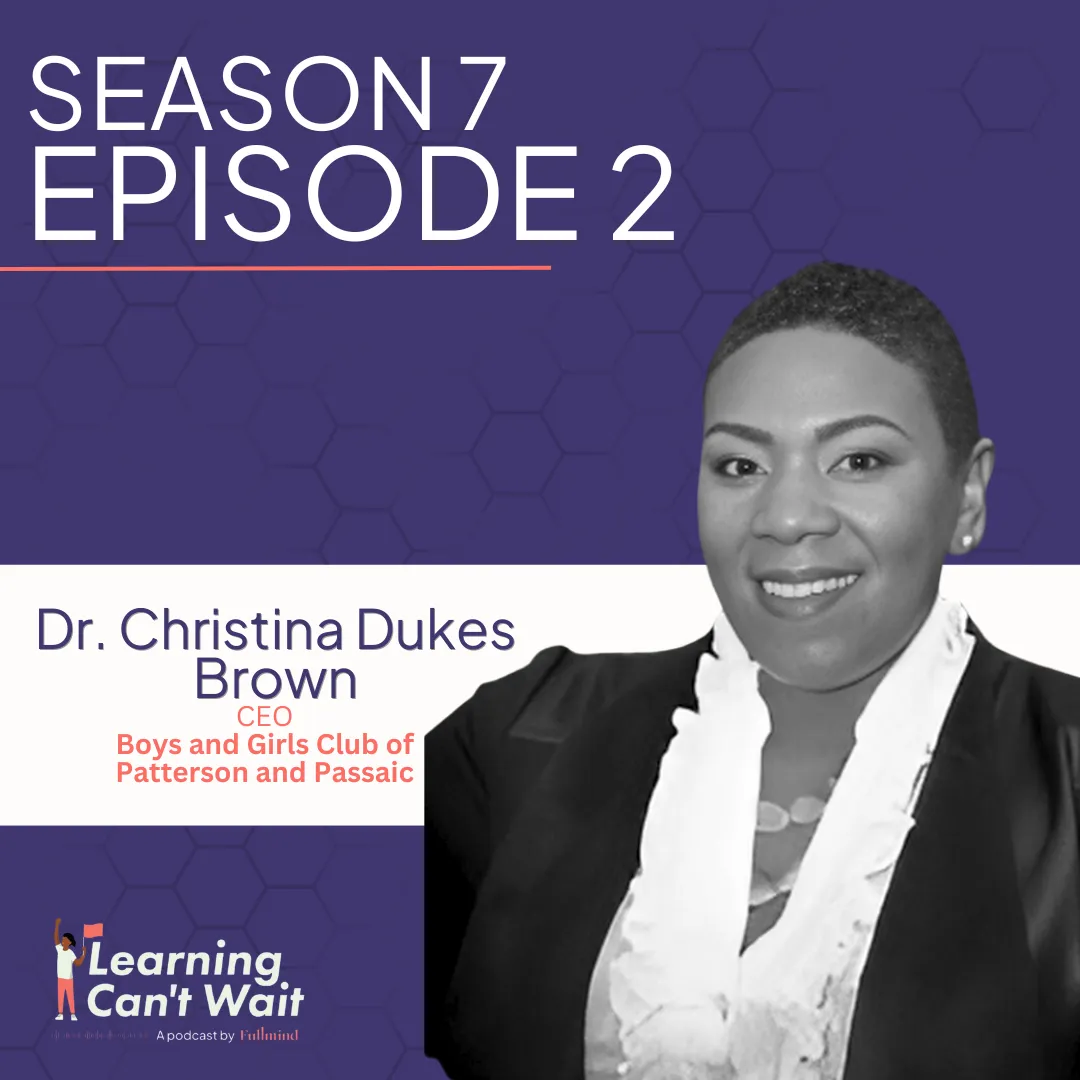
.webp)


.webp)


.webp)